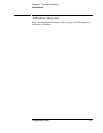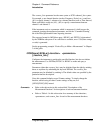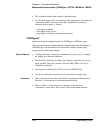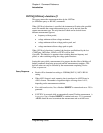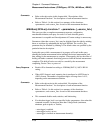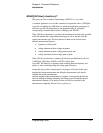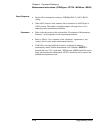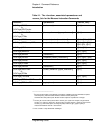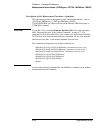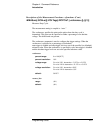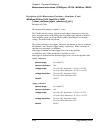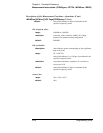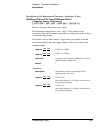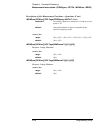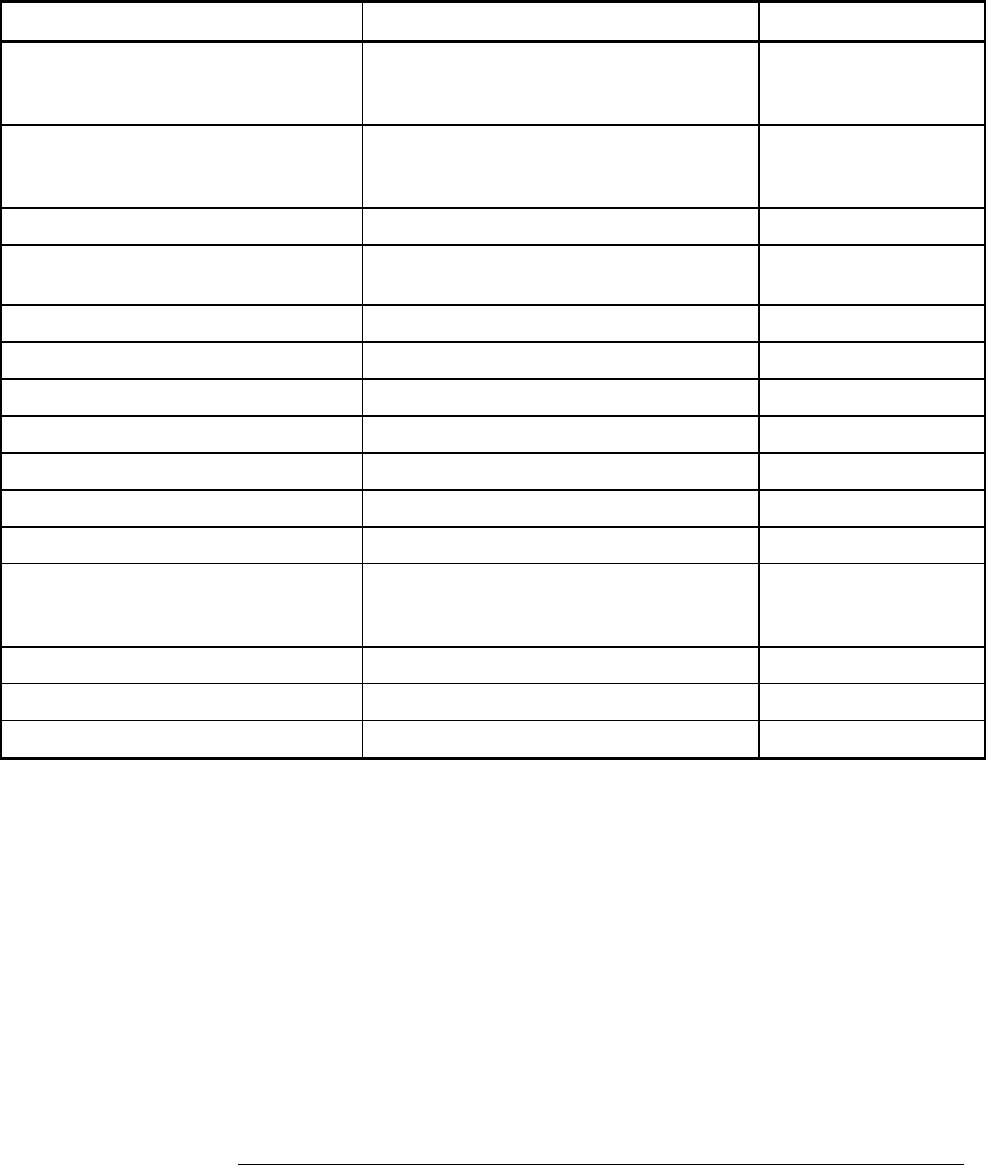
Chapter 4 Command Reference
Introduction
Programming Guide 4-59
Table 4-1. The <function>, associated <parameters> and
<source_list> for the Measure Instruction Commands
<function> * <parameters> [,<source_list>]**
[:VOLTage]:DCYCle
or
[:VOLTage]:PDUTycycle
[<reference>] [(@1)]
[:VOLTage]:FALL:TIME
or
[:VOLTage]:FTIMe
[<lower_reference> [,upper_reference>]] [(@1) ]
[:VOLTage]:FREQuency [<expected_value>[,<resolution>]] [(@1) | (@2) | (@3)]
[:VOLTage]:FREQuency:RATio [<expected_value> [,<resolution>]] [(@1), (@2 | @3)] |
[(@2 | @3), (@1)]
[:VOLTage]:MAXimum [(@1) | (@2)]
[:VOLTage]:MINimum [(@1) | (@2)]
[:VOLTage]:NWIDth [<reference>] [(@1) ]
[:VOLTage]:PERiod [<expected_value>[,<resolution>]] [(@1) | (@2) | (@3)]
[:VOLTage]:PHASe [(@1), (@2)]
[:VOLTage]:PTPeak [(@1) | (@2)]
[:VOLTage]:PWIDth [<reference>] [(@1) ]
[:VOLTage]:RISE:TIME
or
[:VOLTage]:RTIMe
[<lower_reference> [,upper_reference>]] [(@1) ]
[:VOLTage]:TINTerval [(@1), (@2)]
[:VOLTage]:TOTalize:CONTinuous*** [(@1)]
[:VOLTage]:TOTalize:TIMed [<gate_time>] [(@1)]
_______________________
*The only functions which can be derived (using FETC? or READ?) from the stored data are period
to/from frequency, maximum to/from minimum, maximum to/from peak-to-peak
and minimum to/from peak-to-peak. All other functions require an acquisition of a new type.
**<source_list> has the same syntax as SCPI <channel _list> syntax. For example, a single-channel
function (e.g., frequency, period, etc.) would use (@1) to specify channel 1, where as a two-channel
function (e.g., time interval, phase, and frequency ratio) would use (@1), (@2) to specify a
measurement between channel 1 and channel 2.
***This <function> is only allowed with :CONFigure.



